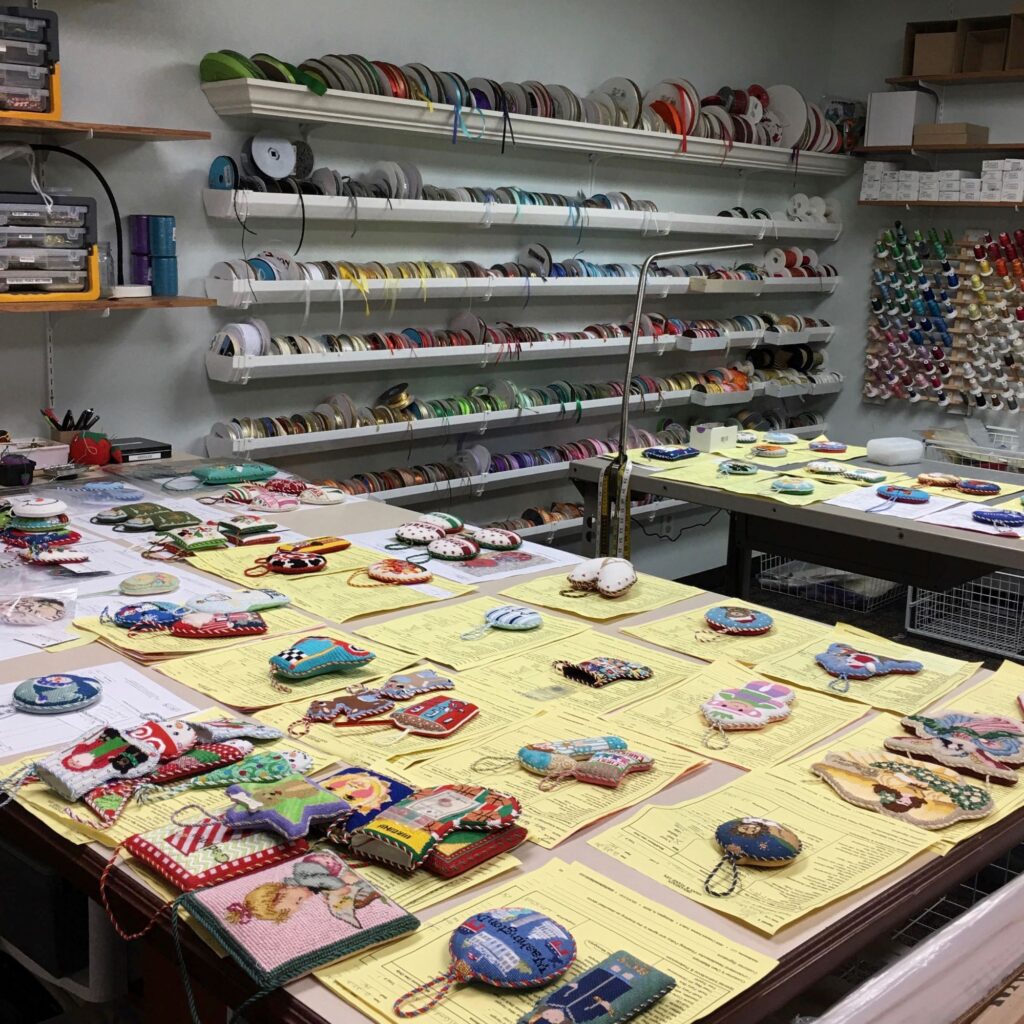The psychoanalyst Erik Erikson once observed that if you wish to understand a culture, study its nurseries. There is a similar principle for the understanding of professions: if you wish to understand why professions develop as they do, study their nurseries, in this case, their forms of professional preparation. When you do, you will generally […]
The psychoanalyst Erik Erikson once observed that if you wish to understand a culture, study its nurseries. There is a similar principle for the understanding of professions: if you wish to understand why professions develop as they do, study their nurseries, in this case, their forms of professional preparation. When you do, you will generally detect the characteristic forms of teaching and learning that I have come to call signature pedagogies. These are types of teaching that organize the fundamental ways in which future practitioners are educated
for their new professions.1
For Shulman, legal education’s signature pedagogy was the case method – but that’s true only of the USA, not other jurisdictions; and it focuses on knowledge acquisition. As many commentators have noted, the case method as signature pedagogy has its strengths, but is significantly flawed in many respects2. But what about skills learning? In this regard the signature pedagogy is surely the moot court. Mooting has a distinguished history stretching back centuries in many jurisdictions, and takes many sub-forms. Most law schools I have taught in internationally organise moots and take part in mooting competitions, regional national and international.
But the concept of justice as embodied by court is problematic, and for at least two reasons. It sets an inhibiting model for students – it says, this is what client legal representation, legal argument (adversarial) and justice is about. In doing so, it eclipses many other forms of representation, advocacy, and justice forums that lawyers inhabit, and the skills and activities they develop to carry out this work. Those forums and activities become, in Shulman’s description of the effects of signature pedagogies, shadow pedagogies, occluded by the signature, and marginalised. Second, the moot court is not a real court, in contrast to, say, the Sheriff Court in Scotland, or the High Court in England which are highly localised, elaborated forms of justice enactment with their own cultures and jurisdictions. The moot court is a fabrication, a sign, a spectacle in which highly formalised legal argument is performed, and which occludes the rich complexity of real and actual courts with their processes, procedures, arguments, strategies and personnel. In Baudrillardian terms, it is a simulacrum of court justice.
Against this, consider the client interview simulation, which can be much closer to the reality of an actual client interview. It is not a simulacrum but a moment of learning-through-simulation that takes account of the complexity of the moment, poised between lawyer and client. It is a distinct form of learning that is intensely local, intimate, flexible; and a form of assessment that is fair, valid and rigorous. It is so, in part, because the processes and guidelines of simulation training and the ordering of the event itself developed in the Sim Client Initiative (SCI) ensure authenticity to actual legal interviews, with its focus on embodied and relational learnings.
This, and much more, was discussed and explored at the workshop held on Saturday. Participants heard about the legal skills development in the Amsterdam Faculty of Law’s Law Hub; they heard about the background and aims of the SCI, its international projects and personnel, its global reach and local projects, the reports and research carried out upon it, and much else – the slidesets used by Clark Cunningham and myself in the presentations are posted in the previous post. The demonstration of the interview, carried out by Joan Rilling (SC and SC Co-ordinator at Osgoode) and Dana Shamlawi, lawyer and Program Co-ordinator in Osgoode Professional Development, was very impressive as an example of the method in action, and stimulated much discussion afterwards. Many participants had experience in sim building and usage, and that contributed to the sophistication of the exchanges in the break-out groups and plenary.
And yet again, we saw how the SCI challenges conventional legal education in so many of its assumptions, some of which were discussed:
- Curriculum structure & content
- Ethics of the client encounter
- The cognitive poverty of conventional law school assessment
- Law school as a self-regarding, monolithic construct
- Categories of employment in law schools
- The curricular isolation of clinic within law schools
- Hollowed-out skills rhetoric
- Conventional forms of regulation by regulatory bodies
- The role of regulator, as encourager of innovation & radical reform…?
- Disciplinary boundaries – how could a SC Unit become interdisciplinary?
- Local vs global in jurisdictional practices: how might such a project work globally?
My thanks to Professor Iris van Domselaar and the University of Amsterdam Faculty of Law for sponsoring the workshop in the Faculty of Law’s Law Hub; and to her colleague, Tim Verheij, for organising the day. Thanks also to Osgoode Professional Development, another sponsor, whose IT staff Alexandra Fikre and Lex Flavelle provided outstanding technical support; and to Dana and Joan (all of whom participated from Toronto at ridiculously unsocial early hours on a Saturday morning). And especial thanks to my colleague from Georgia State U College of Law, Professor Clark Cunningham, co-host, and whose inspired idea it was to hold the workshop sandwiched between the ILEC and IJCLE conferences, thus catching participants already in the city; and whose determined planning ensured the event went ahead. And thanks finally to the participants, who gave up a sunny afternoon in one of the most magical of European cities to think about and discuss legal education – amazing commitment…
- Shulman, L. (2005). Signature pedagogies in the professions. Daedalus, 134, 3, 52-59, 52.
 ︎
︎ - Amongst many, see the work of Deborah Rhode, Beth Mertz and Shulman himself, in the Carnegie Report on legal education in the US (2007).
 ︎
︎








